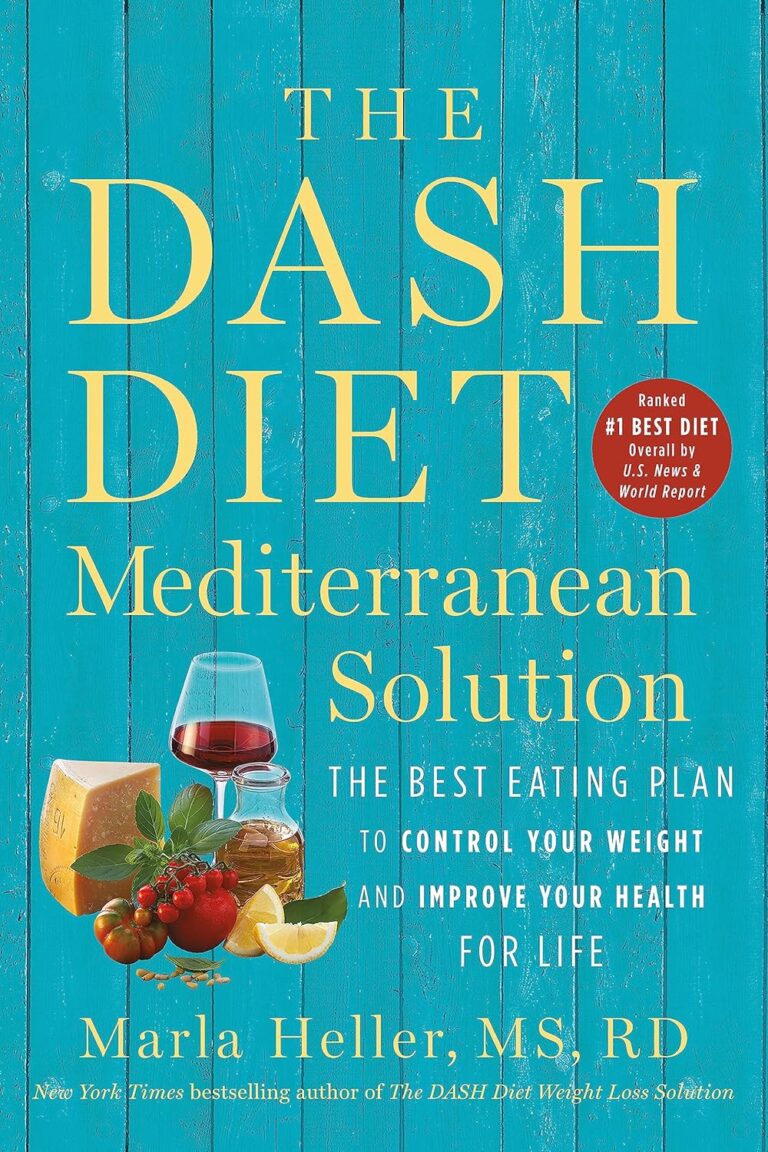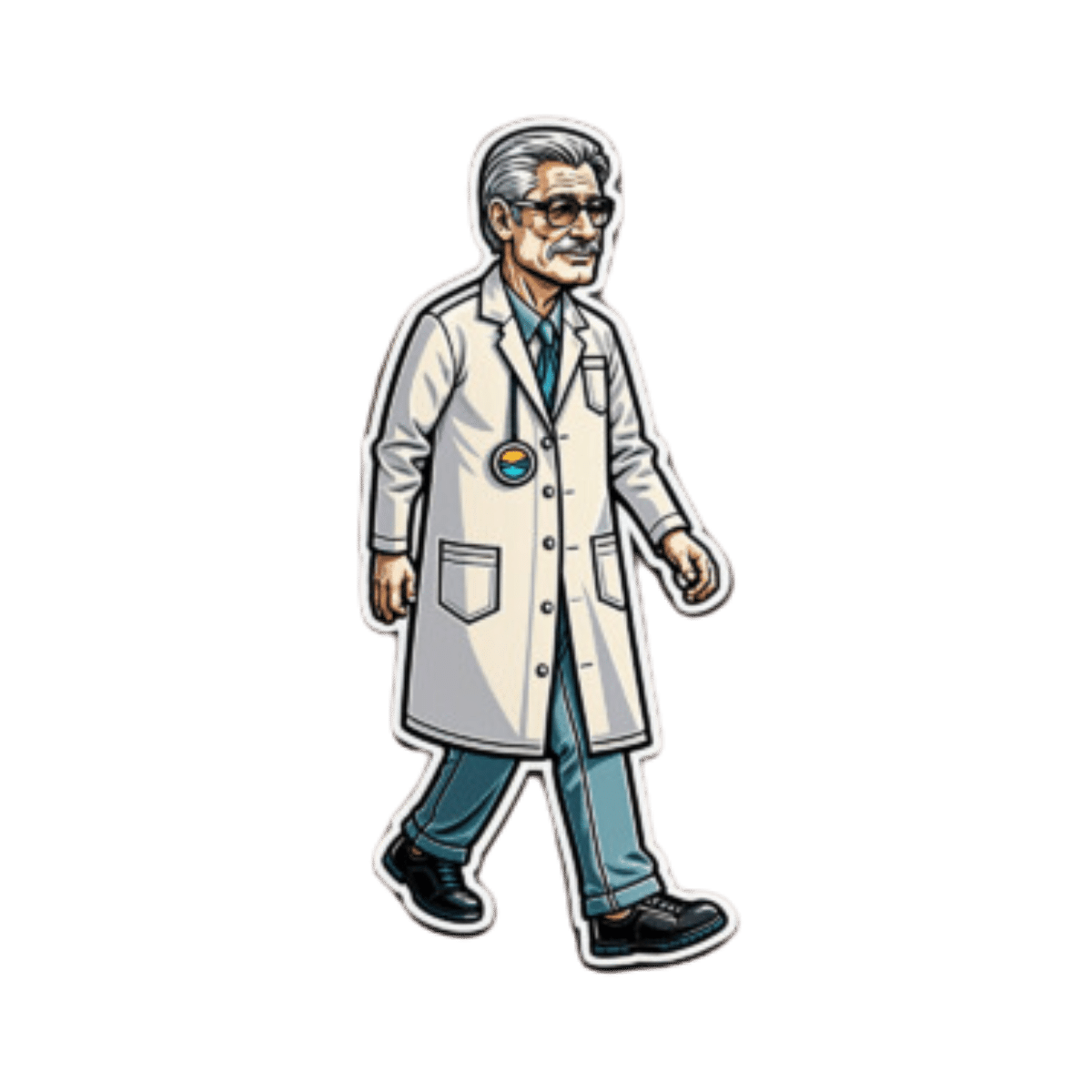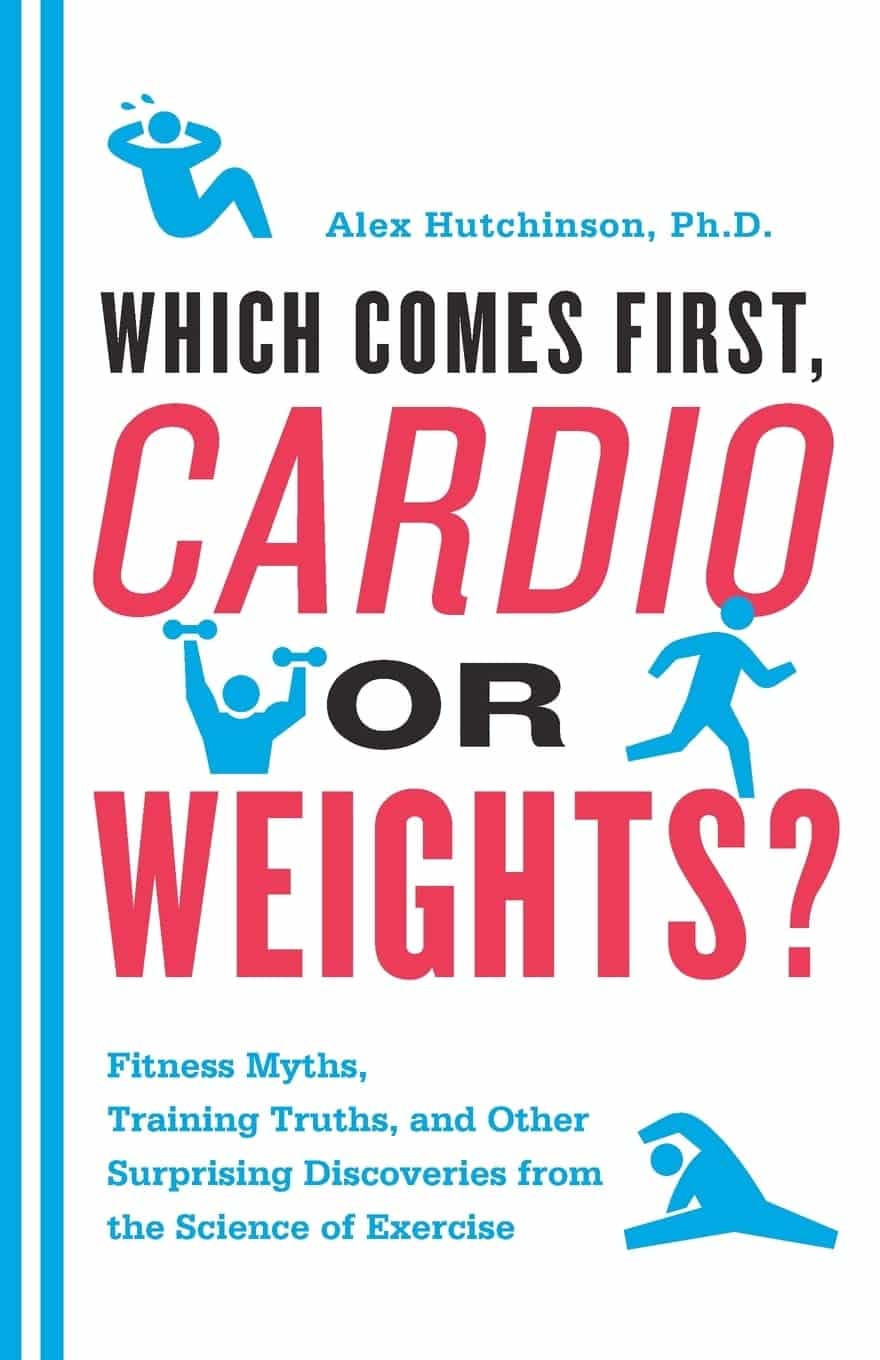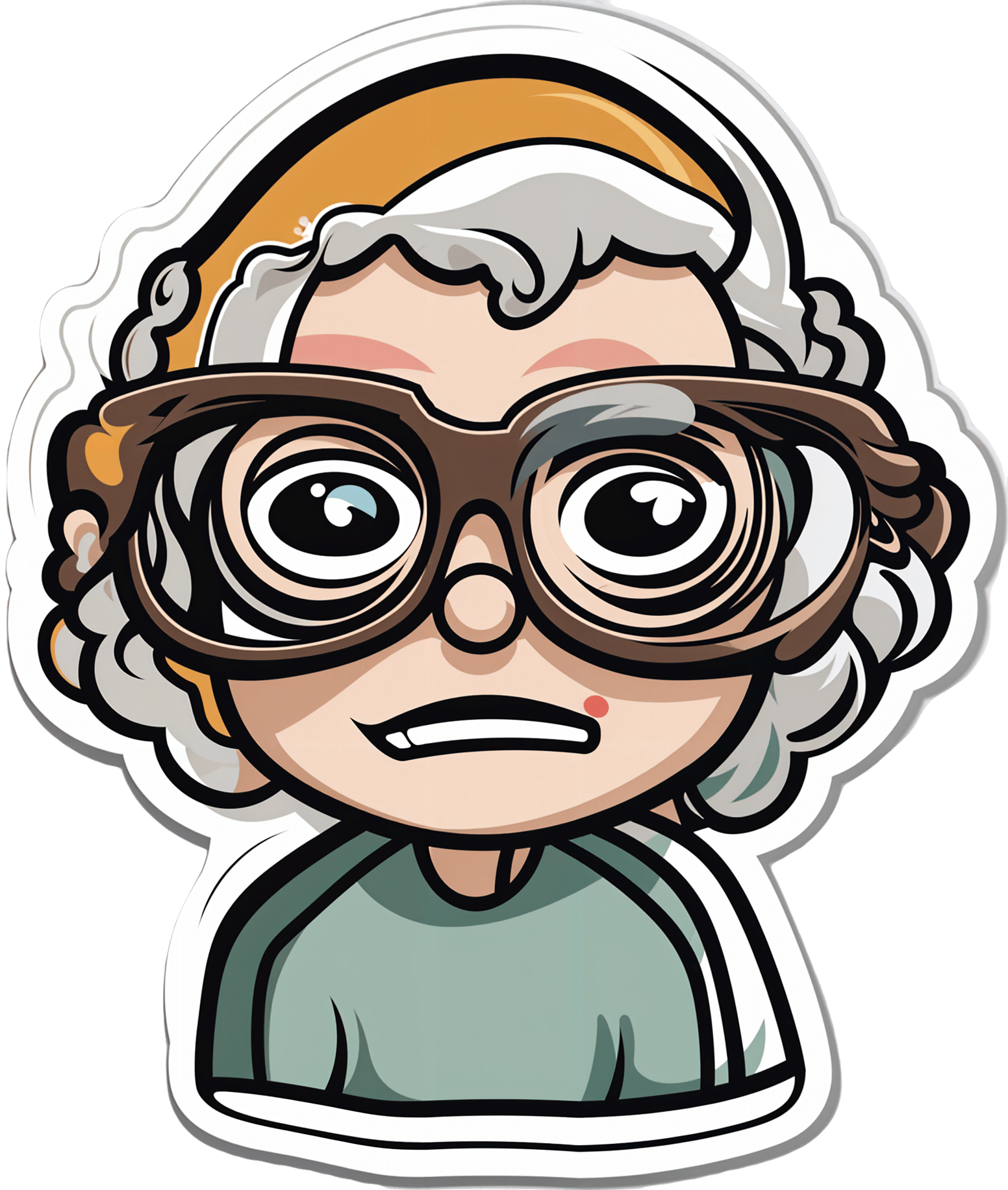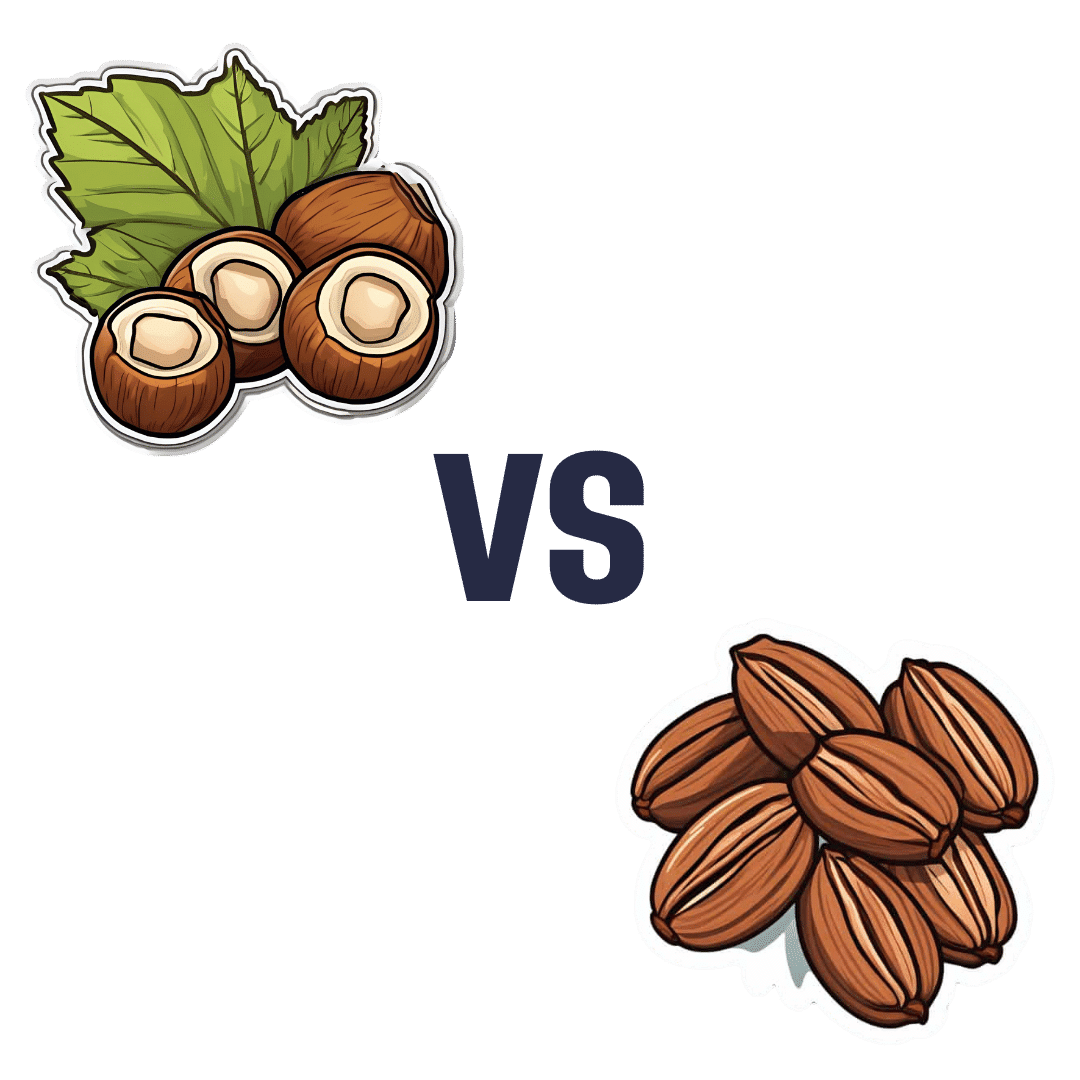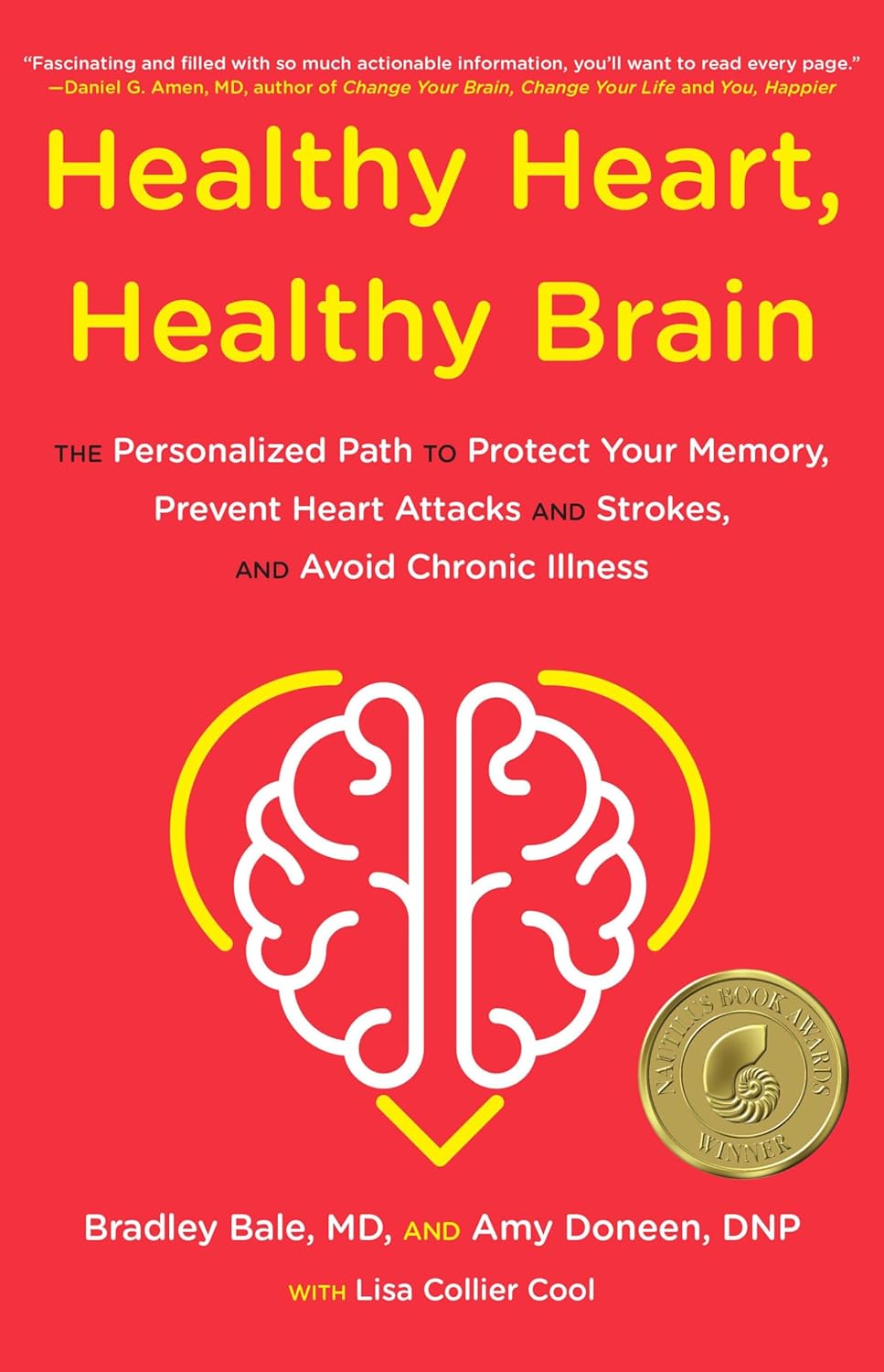
Healthy Heart, Healthy Brain – by Dr. Bradley Bale & Dr. Amy Doneen
10almonds is reader-supported. We may, at no cost to you, receive a portion of sales if you purchase a product through a link in this article.
We’ve often written that “what’s good for your heart is good for your brain”, because the former feeds the latter and takes away detritus. You cannot have a healthy brain without a healthy heart.
This book goes into that in more detail than we have ever had room to here! This follows from their previous book “Beat The Heart Attack Gene”, but we’re jumping in here because that book doesn’t really contain anything not also included in this one.
The idea is the same though: it is the authors’ opinion that far too many interventions are occurring far too late, and they want to “wake everyone up” (including their colleagues in the field) to encourage earlier (and broader!) testing.
Fun fact: that also reminded this reviewer that she had a pending invitation for blood tests to check these kinds of things—phlebotomy appointment now booked, yay!
True the spirit of such exhortation to early testing, this book does include diagnostic questionnaires, to help the reader know where we might be at. And, interestingly, while the in-book questionnaire format of “so many points for this answer, so many for that one”, etc is quite normal, what they do differently in the diagnostics is that in cases of having to answer “I don’t know”, it assigns the highest-risk point value, i.e. the test will err on the side of assume the worst, in the case of a reader not knowing, for example, what our triglycerides are like. Which, when one thinks about it, is probably a very sensible reasoning.
There’s a lot of advice about specific clinical diagnostic tools and things to ask for, and also things that may raise an alarm that most people might overlook (including doctors, especially if they are only looking for something else at the time).
You may be wondering: do they actually give advice on what to actually do to improve heart and brain health, or just how to be aware of potential problems? And the answer is that the latter is a route to the former, and yes they do offer comprehensive advice—well beyond “eat fiber and get some exercise”, and even down to the pros and cons of various supplements and medications. When it comes to treating a problem that has been identified, or warding off a risk that has been flagged, the advice is a personalized, tailored, approach. Obviously there’s a limit to how much they can do that in the book, but even so, we see a lot of “if this then that” pointers to optimize things along the way.
The style is… a little salesy for this reviewer’s tastes. That is to say, while it has a lot of information of serious value, it’s also quite padded with self-congratulatory anecdotes about the many occasions the authors have pulled a Dr. House and saved the day when everyone else was mystified or thought nothing was wrong, the wonders of their trademarked methodology, and a lot of hype for their own book, as in, the book that’s already in your hands. Without all this padding, the book could have been cut by perhaps a third, if not more. Still, none of that takes away from the valuable insights that are in the book too.
Bottom line: if you’d like to have a healthier heart and brain, and especially if you’d like to avoid diseases of those two rather important organs, then this book is a treasure trove of information.
Click here to check out Healthy Heart, Healthy Brain, and secure your good health now, for later!
Don’t Forget…
Did you arrive here from our newsletter? Don’t forget to return to the email to continue learning!
Recommended
Learn to Age Gracefully
Join the 98k+ American women taking control of their health & aging with our 100% free (and fun!) daily emails:
-
Walk Like You’re 20 Years Younger Again
10almonds is reader-supported. We may, at no cost to you, receive a portion of sales if you purchase a product through a link in this article.
How fit, healthy, strong, and mobile were you 20 years ago? For most people, the answer is “better than now”. Physiotherapist Dr. Doug Weiss has advice on turning back the clock:
The exercises
If you already have no problems walking, this one is probably not for you. However, if you’re not so able to comfortably walk as you used to be, then Dr. Weiss recommends:
- Pillow squat: putting pillow on a chair, crossing hands on chest, standing up and sitting down. Similar to the very important “getting up off the floor without using your hands” exercise, but easier.
- Wall leaning: standing against a wall with heels 4″ away from it, crossing arms over chest again, and pulling the body off the wall using the muscles in the front of the shin. Note, this means not cheating by using other muscles, leveraging the upper body, pushing off with the buttocks, or anything else like that.
- Stepping forward: well, this certainly is making good on the promise of walking like we did 20 years ago; there sure was a lot of stepping forward involved. More seriously, this is actually about stepping over some object, first with support, and then without.
- Heel raise: is what it sounds like, raising up on toes and back down again; first with support, then without.
- Side stepping: step sideways 2–3 steps in each direction. First with support, then without. Bonus: if your support is your partner, then congratulations, you are now dancing bachata.
For more details (and visual demonstration) of these exercises and more, enjoy:
Click Here If The Embedded Video Doesn’t Load Automatically!
Want to learn more?
You might also like:
4 Tips To Stand Without Using Hands
Take care!
Share This Post
-
Which Comes First, Cardio or Weights? – by Alex Hutchinson
10almonds is reader-supported. We may, at no cost to you, receive a portion of sales if you purchase a product through a link in this article.
This is a book of questions and answers, myths and busts, and in short, all things exercise.
It’s laid out as many micro-chapters with questions as headers. The explanations are clear and easy to understand, with several citations (of studies and other academic papers) per question.
While it’s quite comprehensive (weighing in at a hefty 300+ pages), it’s not the kind of book where one could just look up any given piece of information that one wants.
Its strength, rather, lies in pre-emptively arming the reader with knowledge, and correcting many commonly-believed myths. It can be read cover-to-cover, or just dipped into per what interests you (the table of contents lists all questions, so it’s easy to flip through).
Bottom line: if you’ve found the world of exercise a little confusing and would like it demystifying, this book will result in a lot of “Oooooh” moments.
Click here to check out Which Comes First, Cardio or Weights?, and know your stuff!
PS: the short answer to the titular question is “mix it up and keep it varied”
Share This Post
-
Could my glasses be making my eyesight worse?
10almonds is reader-supported. We may, at no cost to you, receive a portion of sales if you purchase a product through a link in this article.
So, you got your eyesight tested and found out you need your first pair of glasses. Or you found out you need a stronger pair than the ones you have. You put them on and everything looks crystal clear. But after a few weeks things look blurrier without them than they did before your eye test. What’s going on?
Some people start to wear spectacles for the first time and perceive their vision is “bad” when they take their glasses off. They incorrectly interpret this as the glasses making their vision worse. Fear of this might make them less likely to wear their glasses.
But what they are noticing is how much better the world appears through the glasses. They become less tolerant of a blurry world when they remove them.
Here are some other things you might notice about eyesight and wearing glasses.
Lazy eyes?
Some people sense an increasing reliance on glasses and wonder if their eyes have become “lazy”.
Our eyes work in much the same way as an auto-focus camera. A flexible lens inside each eye is controlled by muscles that let us focus on objects in the distance (such as a footy scoreboard) by relaxing the muscle to flatten the lens. When the muscle contracts it makes the lens steeper and more powerful to see things that are much closer to us (such as a text message).
From the age of about 40, the lens in our eye progressively hardens and loses its ability to change shape. Gradually, we lose our capacity to focus on near objects. This is called “presbyopia” and at the moment there are no treatments for this lens hardening.
Optometrists correct this with prescription glasses that take the load of your natural lens. The lenses allow you to see those up-close images clearly by providing extra refractive power.
Once we are used to seeing clearly, our tolerance for blurry vision will be lower and we will reach for the glasses to see well again.
The wrong glasses?
Wearing old glasses, the wrong prescription (or even someone else’s glasses) won’t allow you to see as well as possible for day-to-day tasks. It could also cause eyestrain and headaches.
Incorrectly prescribed or dispensed prescription glasses can lead to vision impairment in children as their visual system is still in development.
But it is more common for kids to develop long-term vision problems as a result of not wearing glasses when they need them.
By the time children are about 10–12 years of age, wearing incorrect spectacles is less likely to cause their eyes to become lazy or damage vision in the long term, but it is likely to result in blurry or uncomfortable vision during daily wear.
Registered optometrists in Australia are trained to assess refractive error (whether the eye focuses light into the retina) as well as the different aspects of ocular function (including how the eyes work together, change focus, move around to see objects). All of these help us see clearly and comfortably.
Younger children with progressive vision impairments may need more frequent eye tests. Shutterstock What about dirty glasses?
Dirty or scratched glasses can give you the impression your vision is worse than it actually is. Just like a window, the dirtier your glasses are, the more difficult it is to see clearly through them. Cleaning glasses regularly with a microfibre lens cloth will help.
While dirty glasses are not commonly associated with eye infections, some research suggests dirty glasses can harbour bacteria with the remote but theoretical potential to cause eye infection.
To ensure best possible vision, people who wear prescription glasses every day should clean their lenses at least every morning and twice a day where required. Cleaning frames with alcohol wipes can reduce bacterial contamination by 96% – but care should be taken as alcohol can damage some frames, depending on what they are made of.
When should I get my eyes checked?
Regular eye exams, starting just before school age, are important for ocular health. Most prescriptions for corrective glasses expire within two years and contact lens prescriptions often expire after a year. So you’ll need an eye check for a new pair every year or so.
Kids with ocular conditions such as progressive myopia (short-sightedness), strabismus (poor eye alignment), or amblyopia (reduced vision in one eye) will need checks at least every year, but likely more often. Likewise, people over 65 or who have known eye conditions, such as glaucoma, will be recommended more frequent checks.
Eye checks can detect broader health issues. Shutterstock An online prescription estimator is no substitute for a full eye examination. If you have a valid prescription then you can order glasses online, but you miss out on the ability to check the fit of the frame or to have them adjusted properly. This is particularly important for multifocal lenses where even a millimetre or two of misalignment can cause uncomfortable or blurry vision.
Conditions such as diabetes or high blood pressure, can affect the eyes so regular eye checks can also help flag broader health issues. The vast majority of eye conditions can be treated if caught early, highlighting the importance of regular preventative care.
James Andrew Armitage, Professor of Optometry and Course Director, Deakin University and Nick Hockley, Lecturer in Optometric Clinical Skills, Director Deakin Collaborative Eye Care Clinic, Deakin University
This article is republished from The Conversation under a Creative Commons license. Read the original article.
Share This Post
Related Posts
-
Gentler Hair Health Options
10almonds is reader-supported. We may, at no cost to you, receive a portion of sales if you purchase a product through a link in this article.
Hair, Gently
We have previously talked about the medicinal options for combatting the thinning hair that comes with age especially for men, but also for a lot of women. You can read about those medicinal options here:
Hair-Loss Remedies, By Science
We also did a whole supplement spotlight research review for saw palmetto! You can read about how that might help you keep your hair present and correct, here:
One Man’s Saw Palmetto Is Another Woman’s Serenoa Repens
Today we’re going to talk options that are less “heavy guns”, and/but still very useful.
Supplementation
First, the obvious. Taking vitamins and minerals, especially biotin, can help a lot. This writer takes 10,000µg (that’s micrograms, not milligrams!) biotin gummies, similar to this example product on Amazon (except mine also has other vitamins and minerals in, but the exact product doesn’t seem to be available on Amazon).
When thinking “what vitamins and minerals help hair?”, honestly, it’s most of them. So, focus on the ones that count for the most (usually: biotin and zinc), and then cover your bases for the rest with good diet and additional supplementation if you wish.
Caffeine (topical)
It may feel silly, giving one’s hair a stimulant, but topical caffeine application really does work to stimulate hair growth. And not “just a little help”, either:
❝Specifically, 0.2% topical caffeine-based solutions are typically safe with very minimal adverse effects for long-term treatment of AGA, and they are not inferior to topical 5% minoxidil therapy❞
(AGA = Androgenic Alopecia)
Argan oil
As with coconut oil, argan oil is great on hair. It won’t do a thing to improve hair growth or decrease hair shedding, but it will help you hair stay moisturized and thus reduce breakage—thus, may not be relevant for everyone, but for those of us with hair long enough to brush, it’s important.
Bonus: get an argan oil based hair serum that also contains keratin (the protein used to make hair), as this helps strengthen the hair too.
Here’s an example product on Amazon
Silk pillowcases
Or a silk hair bonnet to sleep in! They both do the same thing, which is prevent damaging the hair in one’s sleep by reducing the friction that it may have when moving/turning against the pillow in one’s sleep.
- Pros of the bonnet: if you have lots of hair and a partner in bed with you, your hair need not be in their face, and you also won’t get it caught under you or them.
- Pros of the pillowcase: you don’t have to wear a bonnet
Both are also used widely by people without hair loss issues, but with easily damaged and/or tangled hair—Black people especially with 3C or tighter curls in particular often benefit from this. Other people whose hair is curly and/or gray also stand to gain a lot.
Here are Amazon example products of a silk pillowcase (it’s expensive, but worth it) and a silk bonnet, respectively
Want to read more?
You might like this article:
From straight to curly, thick to thin: here’s how hormones and chemotherapy can change your hair
Take care!
Don’t Forget…
Did you arrive here from our newsletter? Don’t forget to return to the email to continue learning!
Learn to Age Gracefully
Join the 98k+ American women taking control of their health & aging with our 100% free (and fun!) daily emails:
-
Hazelnuts vs Pecans – Which is Healthier?
10almonds is reader-supported. We may, at no cost to you, receive a portion of sales if you purchase a product through a link in this article.
Our Verdict
When comparing hazelnuts to pecans, we picked the hazelnuts.
Why?
In terms of macros, hazelnuts have more protein, carbs, and fiber, though the difference is not big in the latter two cases, and the glycemic indices are resultantly about the same. Meanwhile, pecans have a little more fat, but the fat is healthy in both cases. Everything taken into account, we’re calling it a tie on macros.
When it comes to vitamins, hazelnuts have more of vitamins B3, B5, B6, B7, B9, C, E, K, and choline, while pecans have more of vitamins A, B1, and B2. An easy win for hazelnuts here.
In the category of minerals, hazelnuts have more calcium, copper, iron, magnesium, manganese, phosphorus, and potassium, while pecans have more selenium and zinc. Another clear win for hazelnuts.
In short, enjoy either or both (unless you’re allergic, in which case, don’t), but hazelnuts are ultimately the more nutritionally dense of the two.
Want to learn more?
You might like to read:
Why You Should Diversify Your Nuts
Take care!
Don’t Forget…
Did you arrive here from our newsletter? Don’t forget to return to the email to continue learning!
Learn to Age Gracefully
Join the 98k+ American women taking control of their health & aging with our 100% free (and fun!) daily emails:
-
Soy Beans vs Kidney Beans – Which is Healthier?
10almonds is reader-supported. We may, at no cost to you, receive a portion of sales if you purchase a product through a link in this article.
Our Verdict
When comparing soy beans to kidney beans, we picked the soy.
Why?
In terms of macros, soy has 2x the protein, while kidney beans have nearly 3x the carbs and very slightly more fiber. Ratio-wise, the “very slightly more fiber” does not offset the “nearly 3x the carbs” when it comes to glycemic index (though both are still good, really, but this is a head-to-head so the comparison is relevant), and 2x the protein is also quite a bonus, so this category’s an easy win for soy.
In the category of vitamins, soy beans have more of vitamins A, B2, B6, C, E, K, and choline, while kidney beans have more of vitamins B3, B5, and B9, thus making for a 7:3 win for soy.
When it comes to minerals, soy beans have more calcium, copper, iron, magnesium, manganese, phosphorus, potassium, selenium, and zinc, while kidney beans are not higher in any mineral. Another clear win for soy.
Adding up the three strong wins for soy, makes for an overall easy win for soy. Still, enjoy either or both; diversity is good!
Want to learn more?
You might like to read:
Plant vs Animal Protein: Head to Head
Take care!
Don’t Forget…
Did you arrive here from our newsletter? Don’t forget to return to the email to continue learning!
Learn to Age Gracefully
Join the 98k+ American women taking control of their health & aging with our 100% free (and fun!) daily emails:

